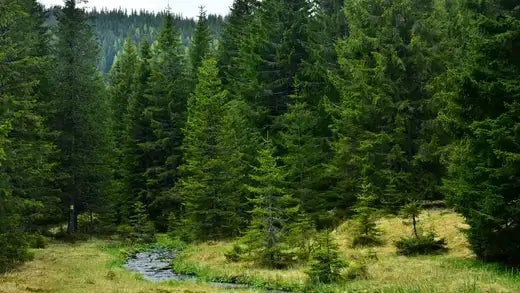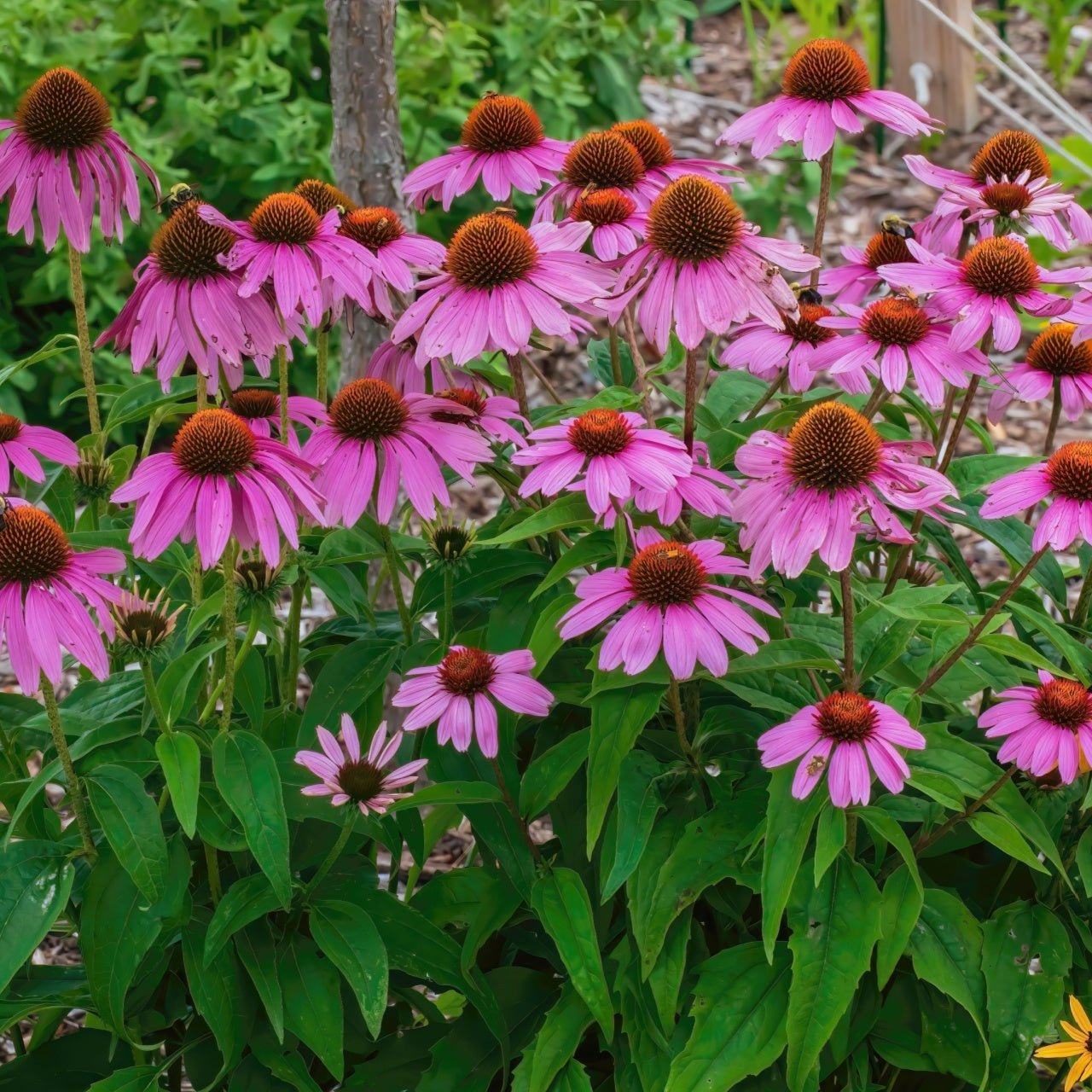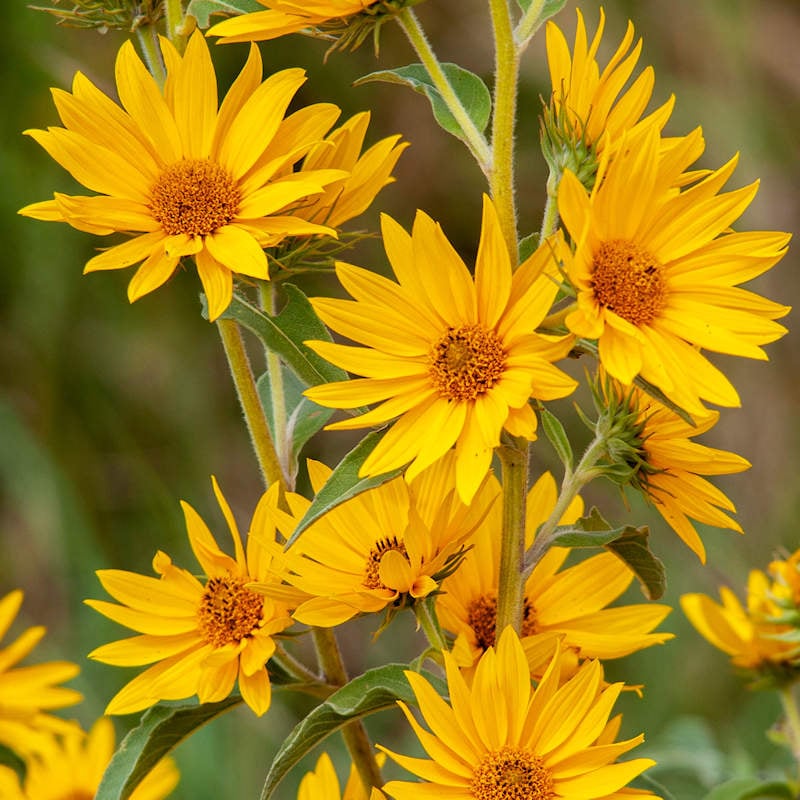Landscaping with native plants is an excellent way of accentuating your home garden.
Native plants are very diverse, and you can find many exciting varieties that blend well in your yard. Native plants are low maintenance and adaptable, so you do not have to worry a lot about them.
Most native plants have evolved over the years and become more adaptable to climatic conditions, soil, and other factors. Due to their adaptability, these plants are easy to maintain as they can thrive even in harsh and unfavorable conditions. Another thing that makes native plants an essential addition to most of the gardens is that they are disease and pest-resistant to some extent; or in other words, they are less susceptible to pests, insects, and diseases.
Native or wild plants are hardy, and they thrive, covering the area rapidly with dense foliage and flowers giving it a natural look. They require less frequent watering and are ideal for low-maintenance gardens. Native plants also provide shade and shelter to many birds, butterflies, squirrels, etc. They create a balance in the ecosystem by providing a natural habitat for such animals and insects. The colorful native butterflies and bees love to flutter over the vibrant flowers for their nectar. By growing native plants in your garden, you can attract many beautiful butterflies and birds to your garden.
Landscaping with native plants will ensure that you do your bit in conserving many endangered species of plants or butterflies. You can promote them by adorning your yard or garden with some mesmerizing native flowering plants. It is advisable to grow them in clumps, and they will spread rapidly, overtaking the entire area. To get the best results, you can scatter the seeds around, and they will appear natural. Promoting native plants is also a great way of making your children learn about the environment. You can educate them about the native varieties available in the area, bringing them closer to nature.
Some native varieties are considered invasive, but if they are maintained well, you will not have any problems. Native plants seldom need any fertilization, and you can maintain them without any toxic pesticides or insecticides. You can undoubtedly try growing some great varieties of native plants, such as Starflower, Kudzu, Anemone, Blue Lobelia, Spiderwort, Cardinal Flower, Purple Coneflower, with numerous benefits, Black-Eyed Susan, Perennial Sunflower, Sneezeweed, Switchgrass, Wool grass, and Hardstem Bulrush.
Source to Buy Native Plants for Landscaping
https://www.tnnursery.net
Read more

Some people have the misconception that water gardens will attract and produce mosquitoes. That is not the case. You can do certain things to eliminate mosquitoes from water gardens. When desig...

Scientifically, pine trees are trees in the genus Pinus in the family Pinaceae. They make up the one species subfamily Pinoideae. There are approximately 115 species of pine, although different aut...





